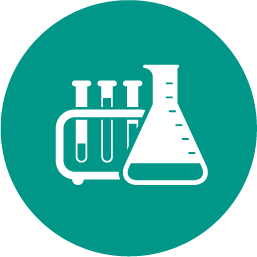
Chemistry, 02.03.2021 01:20 quentonwise
3. How many grams of sodium oxide are formed when 35 grams of each reactant is
used in the following equation? Which reactant is the limiting reactant, sodium
or iron Ill oxide?
6 Na + Fe2O3 → Na2O + 2 Fe

Answers: 3


Another question on Chemistry

Chemistry, 22.06.2019 21:30
If 22.5 of nitrogen at 748 mm hg are compressed to 725 mm hg at constant temperature. what is the new volume?
Answers: 1

Chemistry, 22.06.2019 22:30
Vi limitens. vastery test select the correct answer. which statement explains why large atoms are more reactive than small atoms? a. large atoms have valence electrons farther from the nucleus and lose them more readily. b. large atoms have greater ionization energy, which they can utilize during a reaction. c. large atoms have a greater number of electrons that they can lose during a reaction. d. large atoms have more energy levels, so they have more energy to pass on in a reaction. reset next
Answers: 3

Chemistry, 23.06.2019 06:00
Complete the sentences to best explain the ranking.match the words below to the appropriate blanks in the sentences.a less polar bondhigher molar massion-dipole forcesstronger intermolecular forcesdipole-dipole forcesdispersion forceshydrogen bonding1. h2s and h2se exhibit the following intermolecular forces:.2. therefore, when comparing h2s and h2se the one with a has a higher boiling point .3. the strongest intermolecular force exhibited by h2o is . therefore, when comparing h2se and h2o the one with has a higher boiling point.
Answers: 1

Chemistry, 23.06.2019 15:20
Which element below could be an isotope of berylliumsodium-10beryllium-10boron-9carbon-9
Answers: 2
You know the right answer?
3. How many grams of sodium oxide are formed when 35 grams of each reactant is
used in the followin...
Questions

Advanced Placement (AP), 24.06.2019 07:30



Mathematics, 24.06.2019 07:30

Biology, 24.06.2019 07:30



Mathematics, 24.06.2019 07:30


Mathematics, 24.06.2019 07:30








Computers and Technology, 24.06.2019 07:30

Mathematics, 24.06.2019 07:30

Mathematics, 24.06.2019 07:30



